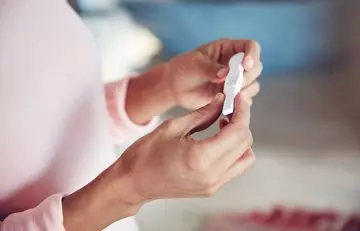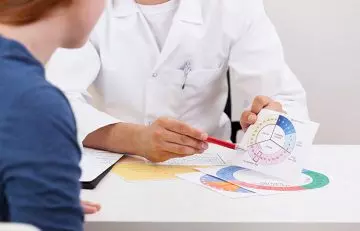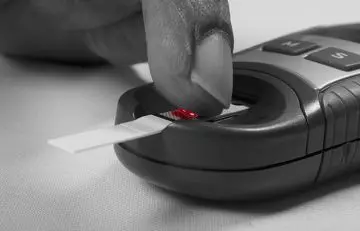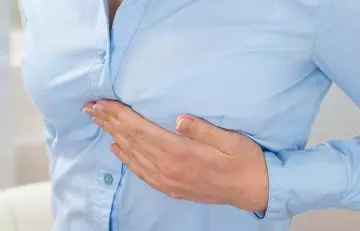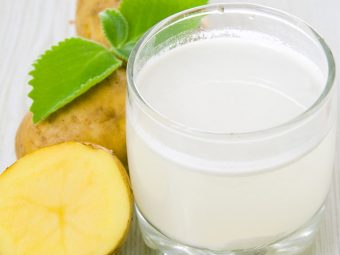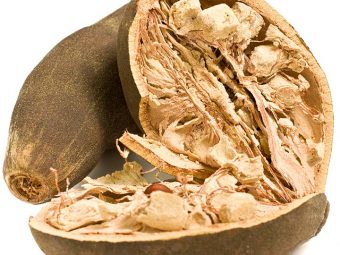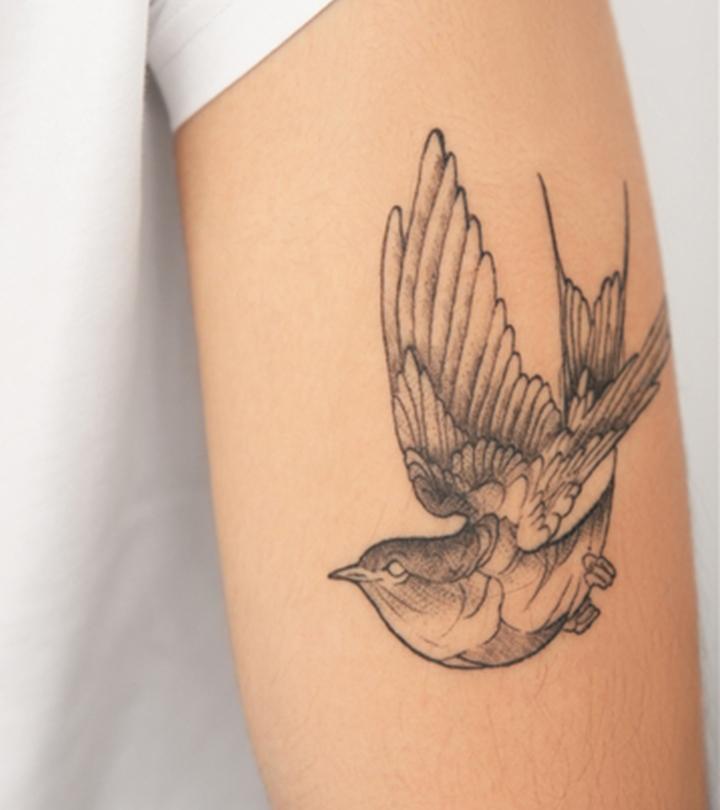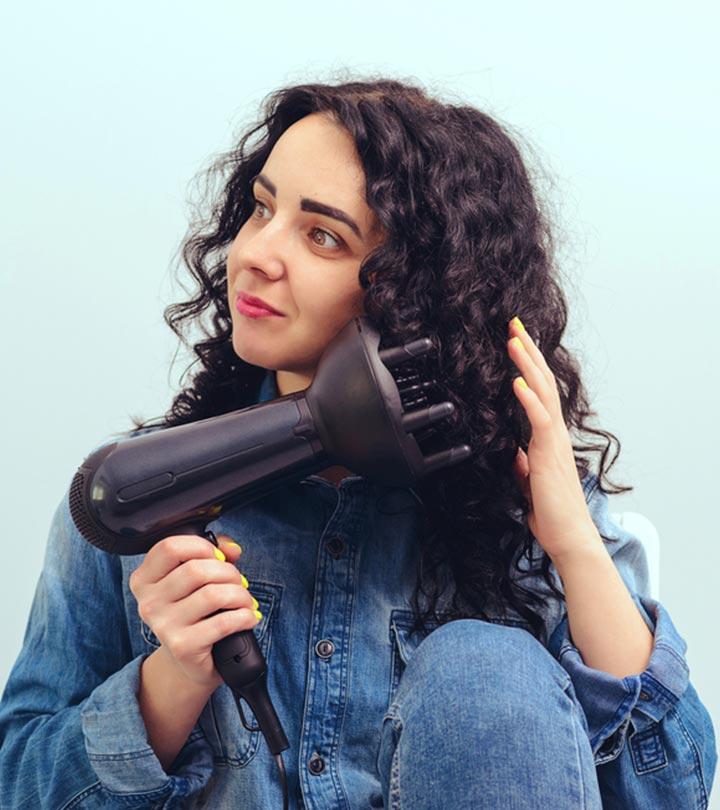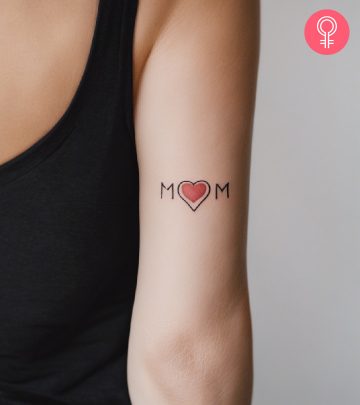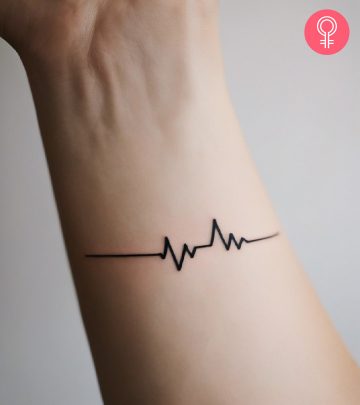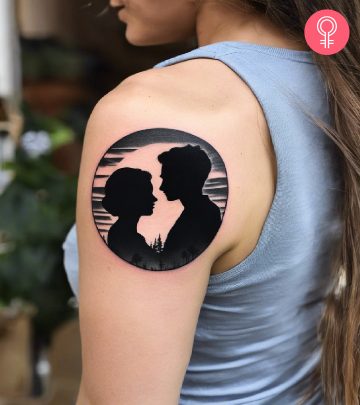The Best Scientific Way To Calculate Your Ovulation Day
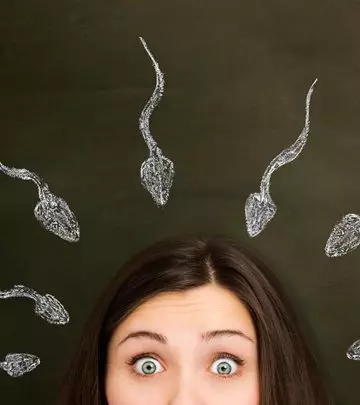
Image: iStock.com
What is the first thing every hopeful couple should track if they desire to start a family? That’s right, the ovulation day. Trust us, getting the math right can make your chances of getting pregnant a whole lot easier. So let’s get started!
So When Is the Big O-Day?
If you’re lucky enough to have a regular 28-day menstrual cycle where you get your period every 28 days, then ovulation, aka the day your ovaries release an egg, should happen on day 14. Hence your window of fertility is around the 10th to the 15th day. Keep in mind the last day of your period is considered Day 1 of your cycle.
However, if you aren’t experiencing 28-day cycles, then don’t panic. Even according to a study conducted by the National Institute of Environmental Health Sciences, which tracked 696 women: out of the 69 women possessing a regular 28-day cycle, only a surprising 7 women actually ovulated on Day 14. The study discovered that more than 70% of the women could be found in their fertility window before the 10th or after the 17th day of their cycle. This could be due to the length of the period, a lack of sex hormones or their late release and also due to other external factors such as stress.
Searching For That Fertile Window
When it comes to perimenopausal women and teenagers, predicting the fertile window can be difficult. In the study mentioned above, a pattern between the length of cycle and the predicted fertile window was discovered for those 70% of women.
| Length Of Cycle | Possible Fertile Window |
| Less than 28 days | Day 7 to Day 14 |
| 28 days | Day 8 to Day 16 |
| 29 days | Day 10 to Day 18 |
| More than 30 days | Day 13 to Day 19 |
Considering all these irregularities and fluctuations in our bodies, the American Pregnancy Association recommends concentrating on a ‘fertile phase’ instead of a fertility window. The APA estimates the average fertile phase can span from Day 7 to Day 20.
Indications of Ovulation
In order to increase your chances as much as possible, it’s best to be on the lookout for the following changes in your body that are ovulation give-aways:
1. Cervical Discharge Like ‘Raw Egg Whites’
If you discover slippery, clear and runny, raw-egg-white-like consistency in your cervical discharge either in your underwear or through a vaginal swab, then this indicates you’re about to ovulate soon! This is an incredibly reliable indicator and in most women, the estimated day of their ovulation is the last day of their raw-egg-white cervical mucus.
2. An LH Surge Seen In Your Urine
If you perform a simple blood or urine test at your home through an ovulation predictor kit which can determine a rise in the level of luteinizing hormone (LH) in your blood plasma or urine and if these levels have been rising the past three days, it indicates you’re close to ovulation.
3. When The Thermometer Claims You’re Hotter
Tracking your ‘basal body temperature’ (BBT)- when your body temperature is the lowest, such as when sleeping- every morning, the moment you wake up is a good idea if you’re looking for accuracy. If you see a rise by 0.4 to 1 degrees in Fahrenheit, it indicates your egg is out for fertilization now!
4. If You’re Facing Trouble Reaching Your Cervix
If you try reaching a finger into your cervix and if it happens to be close to ovulation day, then most probably you’ll fail. This is due to the high levels of the hormone estrogen in your blood, which leads to your uterus being tugged further into your body. Though beware, this method for determining your ovulation day is rather tricky so don’t let this be your primary go-to tip.
5. When Your Breasts Are Tender
The rise in estrogen levels is also linked to changes that manifest in your breasts. You may notice that your breasts seem fuller or that you’ve appreciated some tenderness or a heavy, dull pain. Though once again beware, for these symptoms aren’t entirely reliable as they can appear even post ovulation.
6. If You Cramp Or Spot Before That Period
Though not a very common symptom, some women claim that they have cramping on one side of their abdomen and light spotting midway through their menstrual cycle. According to experts, this may be due to the release of the egg and fluid, which produces pain on the side of the ovulating ovary. Medically this symptom is termed as ‘Mittelschmerz,’ and it coincides with your LH surge.
7. If You’re Craving Sex
Midway through your cycle if you find yourself in a more amorous mood, fantasizing and craving sex, then these could be signs of you ready to ovulate. According to a study, in women who happen to initiate sex, their increase in libido begins 3 days before their LH surge and lasts for roughly 6 days.
Other than these signs, your partner can also help tell you if you’re ovulating for you look more attractive, sound more appealing and smell even more inviting! So go ahead and use these tips to track your ovulation but remember not to let all the math get in the way of the pure excitement and fun of making a baby!

